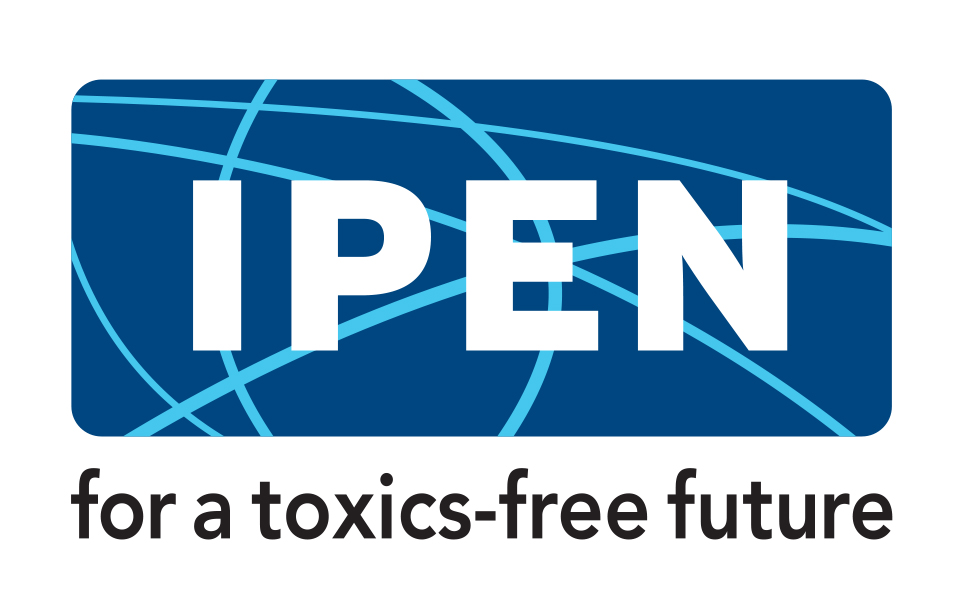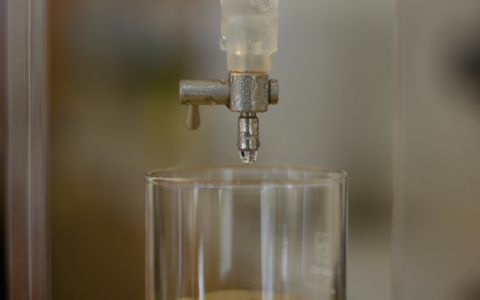(Prague, Gothenburg) In an alarming proposal for strengthening the limits of the most toxic chemical in waste, the Council of the European Union under the French presidency pushes to set extremely high limits for cancer-causing dioxins allowed in waste, favoring the health and environment costs that would follow this decision.
The position of the EU Council comes despite the European Parliament proposal just this month that called for lowering the limit for dioxins in waste to 1 microgram TEQ/kg, stating that only this level can lead to significant improvement of the situation and protect human health and environment. Instead, the EU member states have now put forward an outrageously high limit value for the definition of waste containing dangerous dioxins, proposing a value of 10 micrograms TEQ/kg. The proposed extremely high standard for dioxin in waste would keep business as usual for waste incineration and other industries in Europe and worldwide.
In their justification for the decision, the EU member states argue that more health-protective limits would require ash and soot from domestic heating to be considered hazardous waste and therefore create a financial burden for municipalities on how to dispose of such waste safely. However, their estimation is based on obsolete data from the 1990s (1), which are no longer valid. More recent studies show much lower levels of dioxin in ash and soot, but EU governments did not consider this current data.
“The member states are wrong about the science. They plan to sacrifice our health and the planet and push toxic wastes out of control based on their flawed approach. Their decision clearly favors the waste incineration industry, which aims to use toxic fly ash as a construction material freely. It is a shame,” says Jindrich Petrlik, an IPEN advisor on dioxin and wastes based in the Czech Republic.
“It is sad that this is happening during the French presidency whose ambitions were promising in fulfilling the Green Deal commitments. These include clean recycling and swift restriction of endocrine-disrupting chemicals among which the dioxins belong. Recycling wastes with dioxins is not clean at all,” says Karolina Brabcova, an Arnika – Toxics and Waste Programme expert. Persistent organic pollutants (POPs) and plastic pollution are both considered key pollutants, which recently led to the scientific conclusion that “novel entities” have transgressed global boundaries (assimilative limits) for pollution (2). Data shows that allowing the proposed amount of dioxins in waste to be left without control would create toxic waste that exceeds the tolerable intake for dioxin for the entire human population of up to 133 planet Earths (3).
The EU member states’ high limit also ignores problems from dioxins in waste that contributes significantly to overall contamination of the environment and food. In 2018, the European Food and Safety Authority (EFSA) called for lowering the tolerable weekly intake (TWI) for dioxins seven times and highlighted that this intake is considerably exceeded in the EU (4). “It does not make sense to decrease the tolerable dose of dioxins from food while at the same time allowing circulation of high levels of dioxins in wastes,” added Brabcova.
The member states’ proposal comes just ahead of the global meeting of the Stockholm and Basel Conventions, scheduled to begin on 6 June in Geneva, where these limits, called Low POPs Content Levels, will be discussed and decided. It is expected that the European Union will push for its limits to be adopted as a global one later on at a meeting in Geneva. “Therefore, we say that EU governments sacrifice the whole world and justify its contamination with dioxin as documented by analyses of dioxin levels in the food chain at hot spots affected by waste incineration ashes. We also expect that the representatives of the Council will say that they decreased limit values in the interest of environmental and health protection. Still, they rather ignore these interests in their position right now,” concluded Petrlik.
For more information:
Jindrich Petrlik, Program Director of Arnika – Toxics and Waste Programme and IPEN advisor on dioxin and wastes
E-mail: This email address is being protected from spambots. You need JavaScript enabled to view it.
Phone: +420 603 582 984
Endnotes:
(1) Dumler-Gradl, R., et al. (1995). “Research program on dioxin/furan concentration in chimney soot from house heating systems in the Bavarian area.” Organohalogen Comp 24: 115-118.
(2) Persson, L., B. M. Carney Almroth, C. D. Collins, S. Cornell, C. A. de Wit, M. L. Diamond, P. Fantke, M. Hassellov, M. MacLeod, M. W. Ryberg, P. Sogaard Jorgensen, P. Villarrubia-Gomez, Z. Wang and M. Z. Hauschild (2022). “Outside the Safe Operating Space of the Planetary Boundary for Novel Entities.” Environ Sci Technol 56(3): 1510-1521.
(3) Petrlik, J., et al. (2021). Global control of dioxin in wastes is inadequate: A waste incineration case study. Dioxin 2021. Xi’an, China. https://www.researchgate.net/publication/356085944_Global_control_of_dioxin_in_wastes_is_inadequate_A_waste_incineration_case_study
(4) EFSA CONTAM (2018a). “Risk for animal and human health related to the presence of dioxins and dioxin-like PCBs in feed and food.” EFSA Journal 16(11): 331. https://www.efsa.europa.eu/en/press/news/dioxins-and-related-pcbs-tolerable-intake-level-updated








